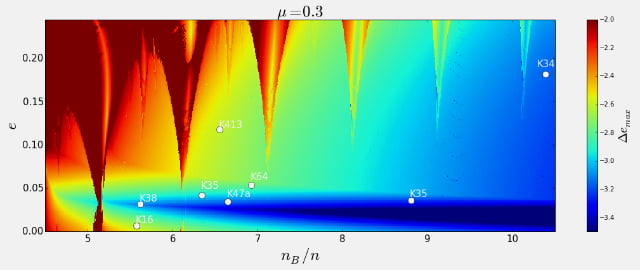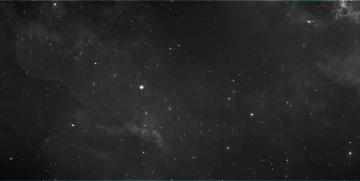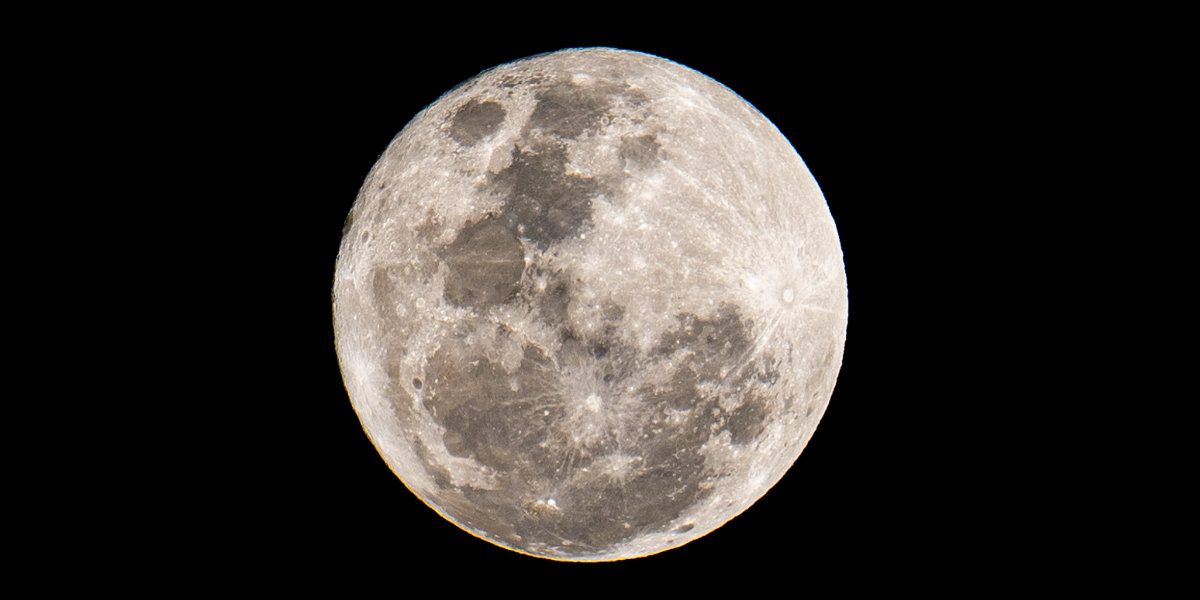Planetary Systems
The different lines of research developed by our group can be divided into two main categories: (i) formation and dynamics of planetary systems and (ii) orbital dynamics of artificial satellites.
The work focuses on understanding the origin and evolution of dynamic structures in the Solar System and in extrasolar systems. This involves analyzing processes such as planet-disc interaction, tidal forces, resonant configurations, and secular dynamics. Our approach is comprehensive, encompassing both theoretical models and numerical simulations (N body and hydrodynamics), as well as the statistical analysis of observational data. Simultaneously, we continue our investigations into the dynamics of artificial satellites, including the development of numerical tools useful for optimizing control maneuvers and deorbiting.
Key words: Planetary systems – orbital characterization – resonances – satellites – asteroids

Highlights
This group is lead by Cristian Beaugé.
One of the main strengths of our group is the vast diversity of projects studied, along with the various methodologies we have learned and developed during this process. We possess significant expertise and innovation capabilities in theoretical and/or numerical methods, as well as in dynamical and statistical studies. We have also crafted new tools for investigating stochastic systems and analyzing large databases. This wealth of methods and applications has empowered us to successfully tackle new projects and work on diverse topics, regardless of how different they may be from our previous experience.
In the last 5 years, we have published over 60 articles in refereed journals and proceedings of top international conferences. The data from our key contributions is available through the QR code below. The most prominent topics and projects include: (i) dynamic evolution of planets in binary star systems, (ii) formation of resonant structures in extrasolar systems, (iii) tidal models in multiple N-body systems, (iv) population analysis of asteroid families, (v) collisional evolution of asteroids, (vi) numerical methods for stabilizing satellite orbits and trajectory control with minimal impulses.
Networks: University of Valparaíso, Chile. University of Grenoble, France. University of Alicante,Spain. University of São Paulo, Observatorio Nacional, Observatorio Valongo, Brazil. University of la República, Uruguay. UNSJ, UNLP, Argentina.
Cover image: Federico Krypner

